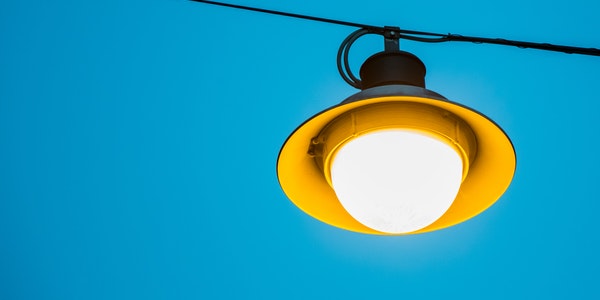Can LED bulbs be used in any fixtures?
Many of our friends are sensitive to energy and economy in homes and streets, and at the same time proficient in technology. So after the latest generation of the best LED lamps appeared, we did not hesitate to replace the old incandescent lamps and halogen lamps.
We suggest that before you buy LED lights, please carefully understand whether LED lights are possible and how to replace old incandescent and halogen lights.
LED has a wide range of versatility, including old-style fixtures, only that the fixtures must be open, air-permeable, and the dimming system must be the latest, otherwise the life of the LED bulb will not reach the expected.
Can I Put LED Bulbs in Incandescent Fixtures?
If the voltage and current are suitable, you can easily replace all halogen and incandescent lamps with LED replacement lamps.
First of all, you have to confirm whether the base of the lamp is consistent. The most common sockets for old fluorescent lamps and halogen lamps are E27 and GU10. As long as the lamp holder of the LED lamp matches it, it can be replaced directly.
If you want to know how to check whether the power is correct when replacing the bulb, we will continue to explain it for you.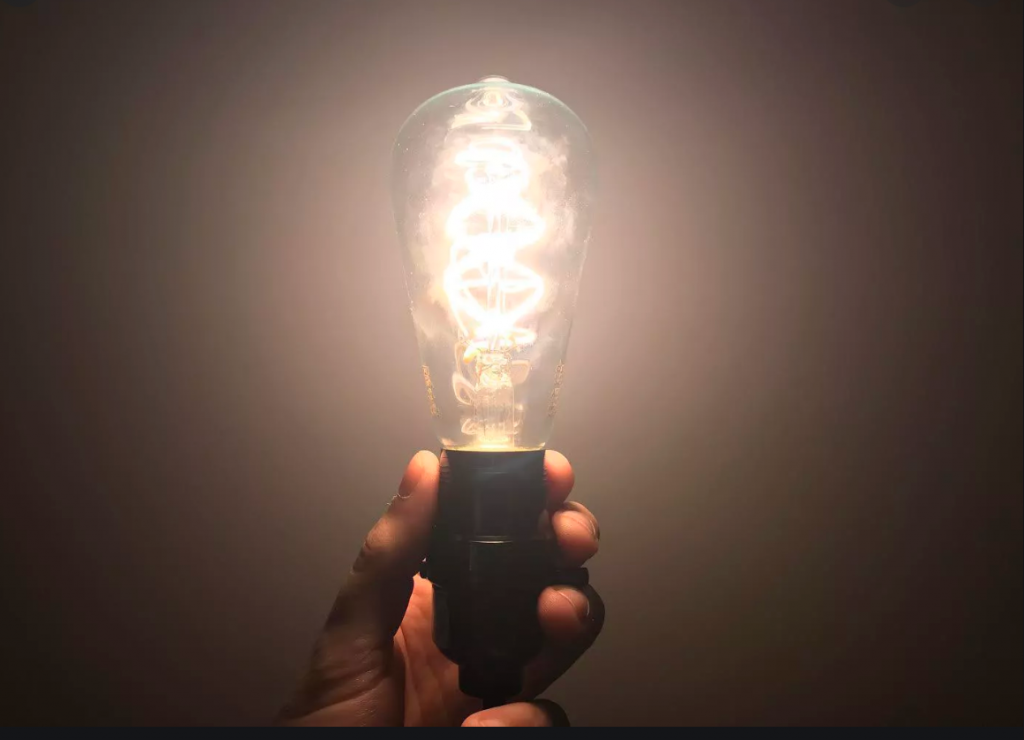
Remember, when buying LED lights, the power of the LED lights should be lower than the old bulbs. Because the light efficiency of LED lamps is usually much higher than that of fluorescent lamps and halogen lamps, low-power LED lamps can achieve the same brightness as high-power fluorescent lamps.
Light efficiency directly determines the amount of light output, which is more important than wattage, because wattage is the amount of electrical energy consumed.
For example, a 10-watt LED lamp can achieve the same brightness as a 30W fluorescent lamp or a 45W halogen lamp
Similarly, the lumen output of a halogen bulb is only 1/6 of the lumen output of an LED lamp with the same power.
LUMENS TO WATT CONVERSION CHART
|
LED |
5W |
7W |
11W |
15W |
20W |
|
CFL |
8W |
10W |
13W |
20W |
25W |
|
Halogen |
19W |
29W |
43W |
55W |
75W |
|
Incandescent |
26W |
41W |
61W |
80W |
100W |
|
Lumens |
225+ |
410+ |
710+ |
910+ |
1320+ |
By comparison, you can intuitively see the energy consumption difference between halogen lamps, fluorescent lamps and LED lamps. I think this can help you make better choices.
Can LED lights be mixed with incandescent bulbs?
To be sure, if you use both LED lights and incandescent bulbs in a multi-socket closed luminaire, it will damage your LEDs because other bulbs emit a lot of heat.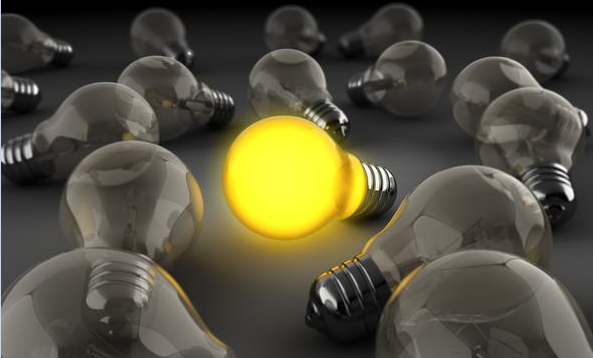
Therefore, even if your LED has a high-quality heat sink and a perfect design, it may still not work properly due to the high ambient temperature. This goes against the original intention of the LED lamp design.
Due to the limitations of our inherent concepts and the habit of doing things for many years, we will buy LED lights one by one, and gradually replace the old fluorescent lights and halogen lights.
But I must advise you not to do this. From a professional technical point of view, it is best to replace all the old fluorescent bulbs in the house at once. Or you will likely greatly reduce the life of the LED.
Therefore, we strongly recommend not to mix LEDs with other bulbs.
Incandescent lamps will generate a lot of heat, which will destroy the LED bulb chips, driving power and sensitive semiconductors.
LED lights work more stable at lower ambient temperatures and have a longer lifespan. However, if they are placed next to traditional light bulbs, their lifespan will be greatly shortened.
What’s more serious is that when both are on the same circuit, incandescent lamps consume more power than LEDs.
Because LED lights get less power from the same circuit, this creates a series of problems such as buzzing, not lighting or flickering.
If your lamps are dimmable, we do not recommend mixing halogen bulbs and incandescent bulbs with LED bulbs.
The LED light may not work at all, either dimming or flickering.
Your old dimmer has been working well and is compatible with fluorescent and halogen lamps, but because its dimming principle is completely different from that of LED lights, it cannot be used with new LED lights.
Are there any fixtures dedicated to LED lights?
One thing is very clear, that is, you can not simply put the LED in any traditional fluorescent lamp fixtures, this is based on scientific theory and basis.
First (as mentioned above), the dimming function of the existing lamps is not compatible with your new LED, which will cause the LED lamp to fail to light up, strobe or flicker.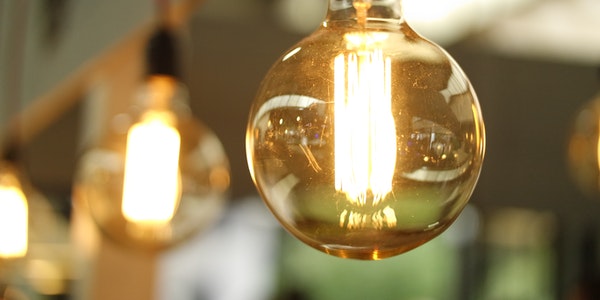
We all know that LEDs are very powerful and their luminous efficiency is 3 to 4 times higher than that of fluorescent lamps. They can adapt to a wide range of environmental temperatures, from -20°C to +50°C. Fixtures that can meet such conditions are very suitable for LEDs. But we first need to determine which fixtures are not compatible with LEDs.
There are many commonly used closed fixtures, which can cause LED lights to fail quickly:
- Track lights and some desk lights do not have enough space to dissipate heat, so they are also regarded as enclosed fixtures.
- The ceiling is equipped with recessed lights, or jars or canned lights, and is covered with glass front panels and decorative objects, which hinder the dissipation of heat.
- The retro fixtures often seen in some high-end restaurants are not suitable for LED lights because they are airtight.
- The yard light in the courtyard is not waterproof, so it needs to install a shell with glass cover, and the glass cover will affect the heat dissipation and is not suitable for LED lights.
- Kitchens and bathrooms usually use enclosed or semi-recessed ceiling lights. These lights are embedded in the ceiling and there is not enough space for heat dissipation
There are many such application cases, but they all have one thing in common that is air tightness, which is not suitable for LED lights.
Judgment basis for whether fixtures are suitable for LED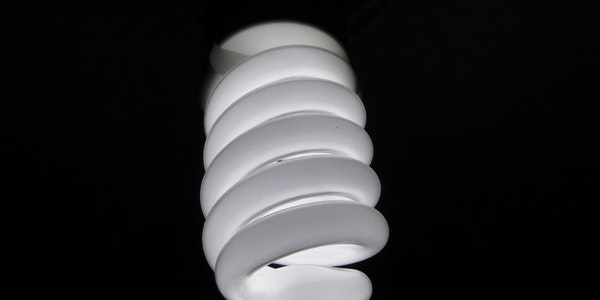
From the previous statement, we can understand that all sides are open, fixtures with good heat dissipation conditions and well-ventilated fixtures are suitable for LED lights.
There are always more solutions than difficulties!
The enclosed rated power LED lamps sold in supermarkets and international trade now generally have large aluminum heat sinks, which can quickly and effectively dissipate heat. So they can be easily used in existing old fixtures.
The LED industry continues to grow and develop, and the old lighting fixtures system is gradually being eliminated. So we suggest that the best way is to buy a new LED light and try it, but not mix it with other lights. If it works, then buy more.
Are you ready to replace the old fluorescent lights with LED lights?
Do you have an existing lamp with a dimmer? Does the dimmer meet the LED requirements?

